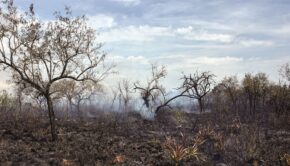
Fire and biodiversity
December 7, 2020 6:14 pmExperiment suggests that small, controlled fires increase the number of plant species in the Cerrado without decreasing the number of animals

Experiment suggests that small, controlled fires increase the number of plant species in the Cerrado without decreasing the number of animals
The discipline that seeks to reconstruct the histories of species is itself evolving, according to UFRJ biologist
IBGE’s latest PINTEC survey reveals slowing innovation momentum among Brazilian firms between 2015 and 2017

The new scientific director of FAPESP on his plans and the challenges for research as a result of the pandemic
“I put my epidemiologist’s hat back on” Three years ago, I became dean of the Federal University of Pelotas and... View Article

Chronic health problems and poor connections with public authorities make combating the SARS-CoV-2 virus a challenge for indigenous peoples

Brazilian-born immunologist searches the plasma of patients who have survived COVID-19 for proteins capable of fighting the novel coronavirus
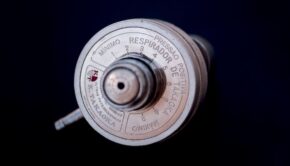
A São Paulo physician developed a portable respirator in the 1950s

Brazil’s hospitals scramble to buy ventilators for ICUs, while a FAPESP-supported firm closes a deal to supply 6,500 units to the Brazilian Ministry of Health
A formulation developed by the Butantan Institute has shown protective effects in the second phase of testing

The search for an effective treatment for COVID-19 includes testing drugs already used against other diseases and even plasma

Reports suggest the novel coronavirus may indirectly affect other organs as well as the lungs

In just four months, 8,000 scientific articles have been published on Covid-19, more than 70 drugs tested against SARS-CoV-2, and the first vaccines trialed on humans
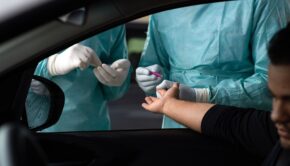
Public health actions, such as early testing, washing hands, social distancing, and self-isolation are likely to be more effective in reducing the transmission rate of the SARS-CoV-2 virus than simply reducing national and international travel
Monkeys appear to be the best animals for testing SARS-CoV-2 vaccines and drugs

Researchers developed a drone equipped with a thermal camera capable of measuring a person’s temperature from a distance
A mixture of cotton and natural silk or chiffon is the best combination for making homemade masks capable of blocking the SARS-CoV-2 virus

Transmission electron microscope images provide a detailed look at how SARS-CoV-2 attacks, infects, and replicates in a culture of Vero cells

Researchers transformed grains of sunflower pollen into a microgel with controllable properties and synthesized products with consistencies of gel, paper, and sponge

Ur may have occupied an area up to eight times greater than previously estimated by archaeologists in the 1980s
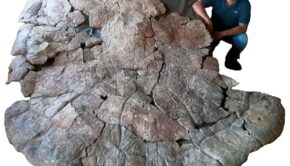
The largest freshwater turtle that ever existed, possibly the largest of all turtles, lived between 13.8 million and 5.3 million years ago in South America, inhabiting a larger area than previously thought
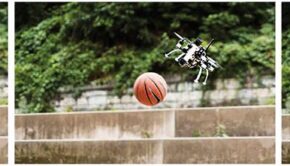
Engineers have developed a system that allows drones to detect and quickly avoid moving objects in the air

The joint venture announced two years ago between Embraer and Boeing has been canceled

Evidence of cassava and pumpkin cultivation, dated at 10,350 and 10,250 years ago respectively, helped an international team of researchers to identify 4,700 artificial forests in the Llanos de Moxos region in Bolivia
A study led by researchers from the Federal University of Rio de Janeiro compared preliminary scientific manuscripts shared on preprint repositories with their final versions published in scientific journals after peer review

An abnormal volume of rainfall in early 2018 may have intensified the eruption of Kīlauea, a volcano in Hawaii, USA, in May of the same year.
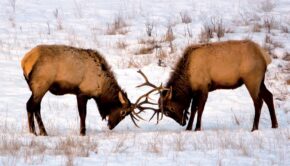
The difference in lifespan between the two sexes, the researchers noted, is not due to different aging rates
The number of scientific articles on artificial intelligence (AI) published worldwide tripled
The scientific journal Future Generation Computer Systems recently announced the retraction of a 2018 article
In an effort to improve the quality of the scientific articles it publishes, the Journal of Clinical Investigation began requiring that all authors provide the raw data produced by their experiments